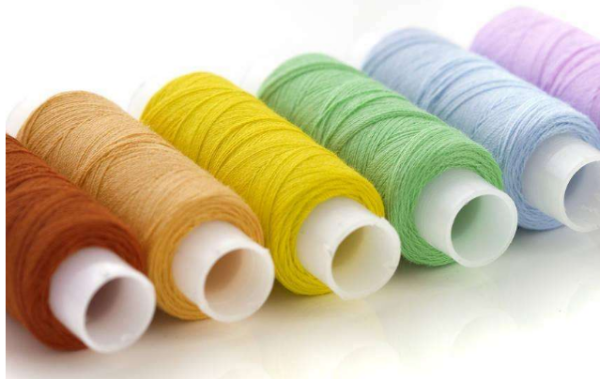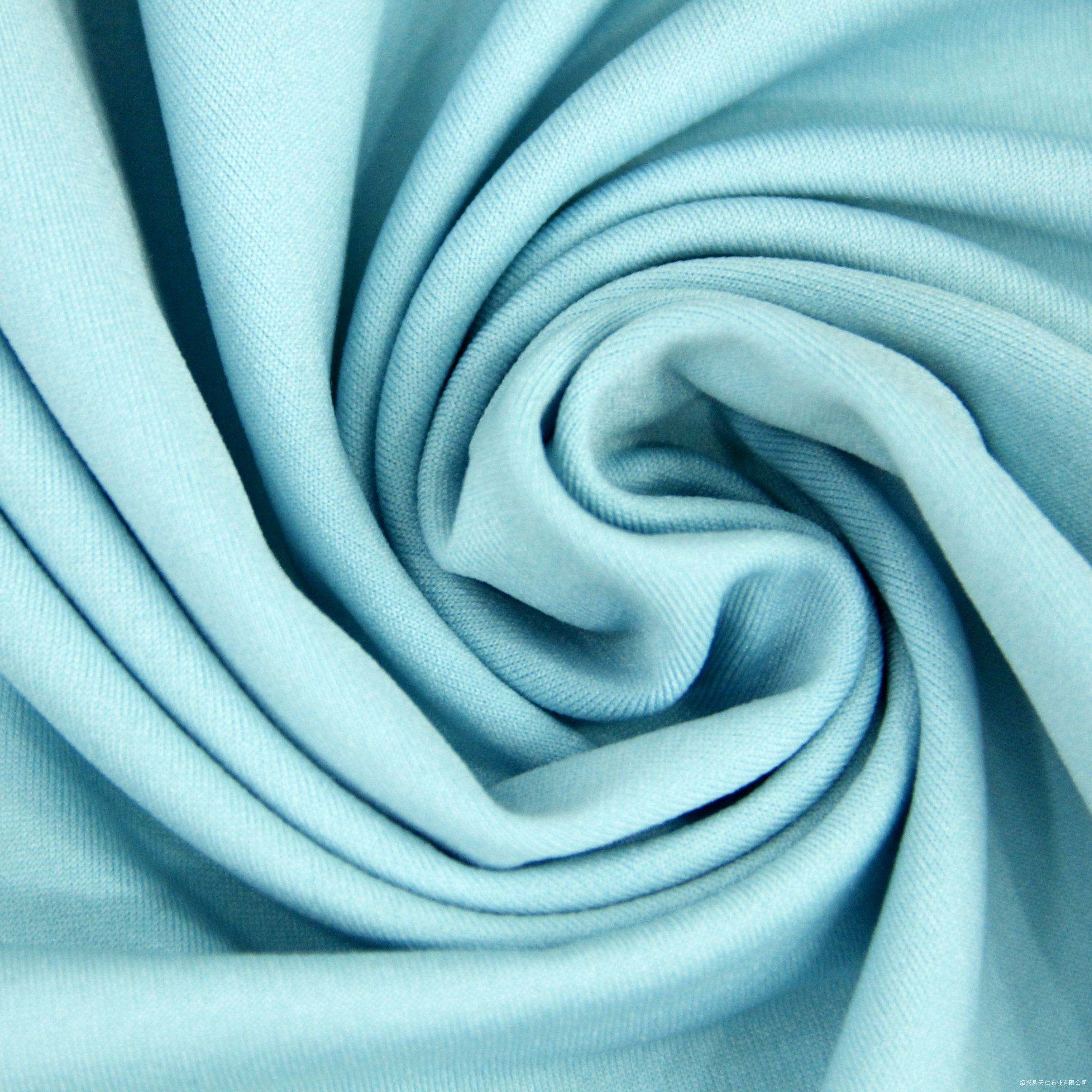Organic silicone softener originated in the 1950s. And its development has gone through four stages.
1.The first generation of silicone softener
In 1940, people began to use dimethyldichlorosilance to impregnate fabric and gained some kind of waterproofing effect. In 1945, Elliott of American General Electric Company (GE) soaked fibers in an alkaline aqueous solution with sodium methyl silanol. After heating, the fiber had good waterproof effect.
In the early 50s, American Dow Corning Company found that fabrics treated by polysiloxane with Si-H had good waterproof effect and great air permeability. But the hand feeling was poor and also the silicone film was hard, brittle and easy to fall off. Then it was used together with polydimethylsiloxane (PDMS). There not only obtained good waterproof effect but also soft hand feeling. After that, although silicone products all over the world developed rapidly and covered a great variety, basically they belonged to mechanical mixtures of dimethyl silicone oil , which were collectively known as silicone oil products. They were the first generation of textile silicone softener.
The first generation of silicone softeners directly emulsified silicone oil by mechanical emulsification. But because silicone oil itself contains no active group, which cannot bind well to the fabric and is not washable. So it will not achieve ideal effect when it is used alone.
2.The second generation of silicone softener
In order to overcome the shortcomings of the first generation of silicone softener, researchers had found the second generation of silicone emulsion with with hydroxyl caps. The softener mainly consisted of hydroxyl silicone oil emulsion and hydrogen silicone oil emulsion, which could form a network crosslinking structure on the fabric surface in the presence of metal catalyst, imparting fabrics great softness, washability and stability.
But because it had single function and easily demulsified and floated oil, it was replaced by the third generation of silicone softener before it was widely used.
3.The third generation of silicone softener
The third generation of silicone softener has developed the fastest among which appear in recent years. It introduces other segments or active groups into the main or side chains of polysiloxane, as polyether group, epoxy group, alcohol hydroxyl group, amino group, carboxyl group, ester group, sulfhydryl group, etc. It can greatly improve softness and comprehensive performance of all aspects of fabrics. Also relying on the groups, it can impart fabrics different style.
But generally the third generation of silicone softener has to compound with monofunctional polysiloxane to achieve needed treating effect. It is hard to control the compounding rate, which greatly influenced the production and application.
4.The fourth generation of silicone softener
The fourth generation of silicone softener is further modified the third generation of silicone softener according to required finishing effect of fabric. That introduced more active groups, which can meet all processing requirements of fabric without compounding.
Fabrics treated by modified silicone softener with various kinds of active groups have greater improvement in softness, washability, elasticity and hydrophilicity, etc. It satisfies users’ all kinds of needs on fabrics, which has become the mainstream direction of the development of silicone softener at present.
Post time: Jul-25-2022



